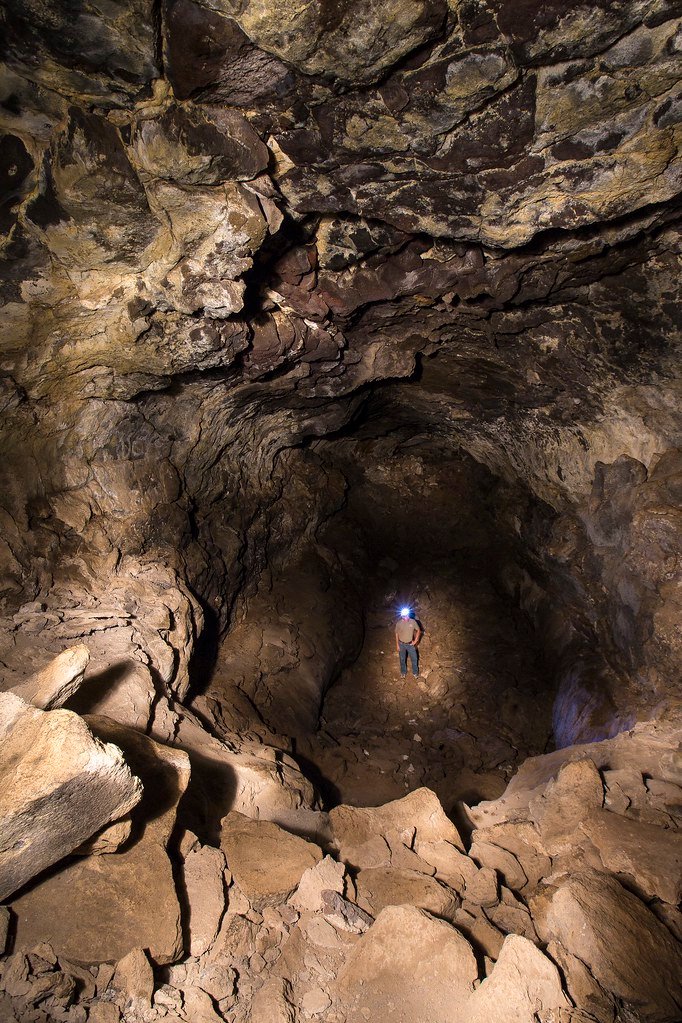Picture yourself standing at the edge of a black void, where your headlamp’s beam disappears into nothingness and the only sound is your own heartbeat echoing off invisible walls. This is where the world’s most daring cave explorers begin their journey—not just into the Earth’s depths, but into the very essence of human curiosity and determination.
The Psychology of Going Where Light Dies
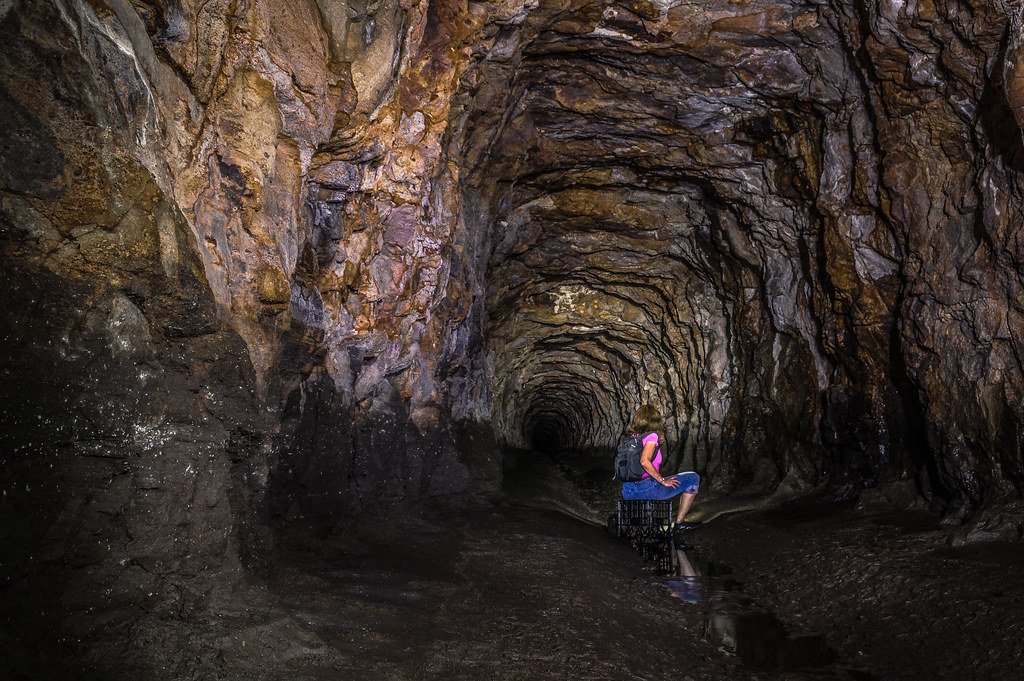
Deep cave exploration attracts a unique breed of individuals who find comfort in complete darkness and crushing isolation. These explorers often describe feeling more at home hundreds of meters underground than they do in everyday surface life. The psychological profile of a deep cave explorer typically includes high tolerance for uncertainty, exceptional problem-solving skills, and an almost supernatural ability to remain calm under extreme pressure. Many report that the complete sensory deprivation found in deep caves actually sharpens their focus and heightens their awareness of their own capabilities. It’s like meditation, but with the very real possibility that a wrong turn could mean never seeing daylight again.
Physical Demands That Push Human Limits

Cave exploration at extreme depths requires physical conditioning that rivals elite athletes, but with a twist—these explorers must maintain peak performance in environments that would break most people mentally before physically. The human body faces unique challenges in deep caves, from hypothermia in constantly cold environments to dehydration from the intense physical exertion of crawling through tight spaces for hours. Explorers often lose significant weight during multi-day expeditions, surviving on high-calorie energy bars and carefully rationed water supplies. The physical toll includes scraped knees and elbows that never fully heal between expeditions, permanently stained fingernails from rock contact, and muscles that adapt to the peculiar movements required for cave navigation. Yet these physical challenges seem to fuel their passion rather than deter it.
Technology That Makes the Impossible Possible

Modern cave exploration relies on cutting-edge technology that would seem like science fiction to early spelunkers. Today’s explorers carry LED lighting systems that can burn for days, GPS devices modified to work in underground environments, and communication systems that can penetrate hundreds of meters of solid rock. Advanced mapping software allows teams to create detailed 3D models of cave systems in real-time, while specialized cameras capture footage in complete darkness using infrared technology. Perhaps most importantly, modern safety equipment including self-rescue ascenders, emergency beacon systems, and portable medical kits have dramatically reduced the mortality rate in deep cave exploration. This technology doesn’t make the exploration easier—it makes the impossible depths accessible to human exploration for the first time in history.
The Science Behind Earth’s Hidden Chambers
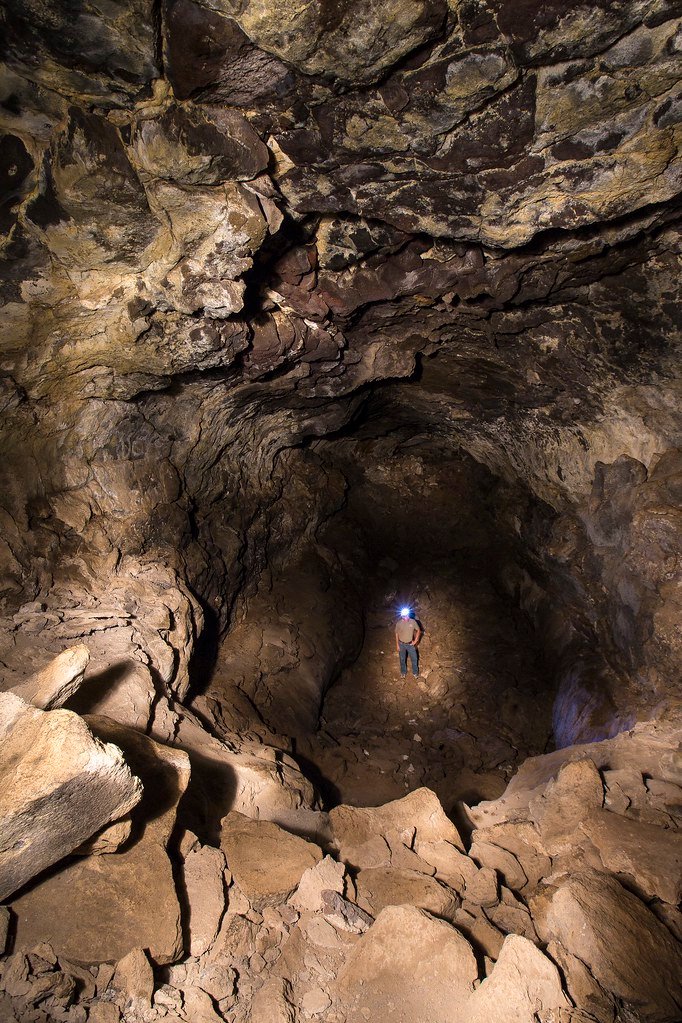
Deep caves offer scientists a unique window into Earth’s geological history, preserving environmental records that span millions of years. These underground laboratories contain pristine ecosystems that have evolved in complete isolation, often harboring species found nowhere else on Earth. The constant temperature and humidity levels in deep caves create perfect conditions for studying climate change patterns through mineral deposits and sediment layers. Cave formations like stalactites and stalagmites grow so slowly that they serve as natural chronometers, recording environmental changes over geological timescales. For many explorer-scientists, the thrill of potentially discovering new species or geological formations provides motivation that transcends personal achievement.
When Exploration Becomes a Life-or-Death Gamble
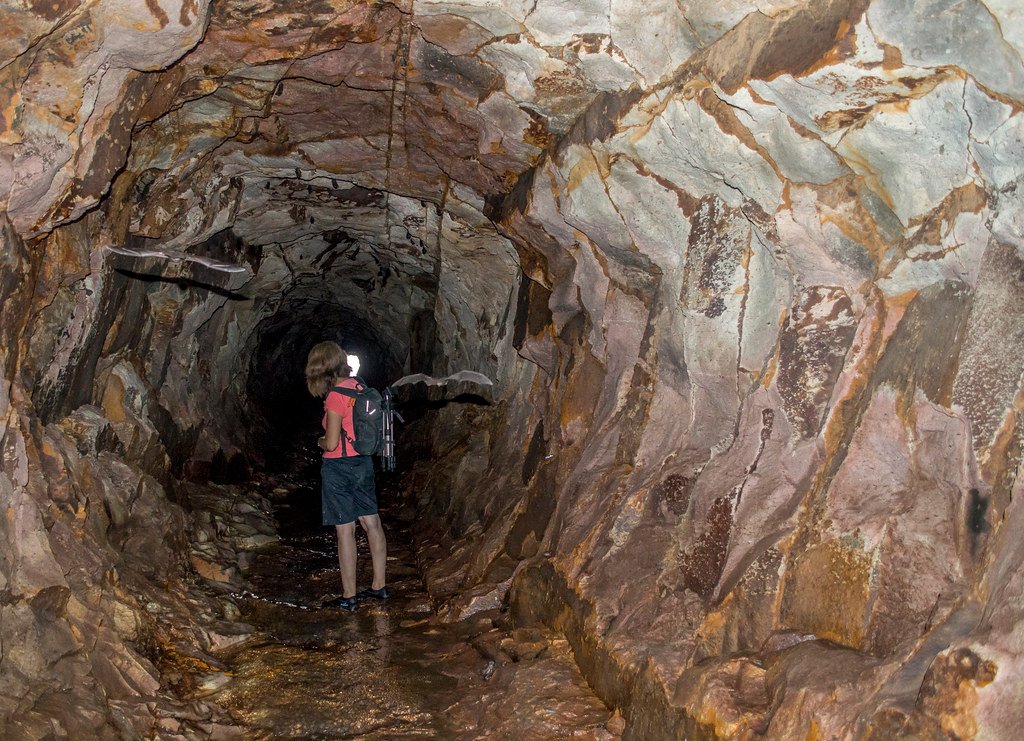
Every deep cave expedition carries risks that would terrify most people, yet experienced explorers develop an almost casual relationship with danger that outsiders find incomprehensible. Getting lost in a deep cave system isn’t just inconvenient—it’s often fatal, as rescue teams may not be able to reach certain depths even with modern equipment. Flash floods can turn familiar passages into death traps within minutes, while rockfalls can permanently seal exit routes. Equipment failure hundreds of meters underground means improvising solutions with whatever materials are available, often using techniques that would make survival experts proud. The acceptance of these risks isn’t reckless—it’s calculated, based on years of experience and meticulous planning that accounts for multiple backup scenarios.
Underground Communities and Unbreakable Bonds

The cave exploration community forms some of the strongest bonds found in any extreme sport, forged through shared experiences that most people literally cannot imagine. Trust between team members goes beyond friendship—it’s a matter of survival when your life depends on your partner’s ability to navigate in complete darkness or execute a complex rescue maneuver. Many explorers describe their cave teams as closer than family, bound together by experiences that can’t be shared with the outside world. The community operates on unwritten codes of conduct that prioritize safety and environmental protection above personal achievement. These relationships often last decades, with veteran explorers mentoring newcomers in skills that can’t be learned from books or videos.
The Mental Challenge of Extreme Isolation

Spending days in complete darkness, surrounded by silence so profound it becomes almost tangible, creates psychological challenges that push explorers to their mental limits. The human brain, deprived of normal sensory input, begins to play tricks—creating sounds that aren’t there, generating visual hallucinations in absolute darkness, and distorting the perception of time until hours feel like minutes or minutes feel like hours. Experienced explorers learn to recognize these mental states and develop coping strategies that allow them to function effectively despite the psychological pressure. Some report experiencing a form of underground meditation where the complete absence of outside distractions creates unprecedented mental clarity. The ability to maintain rational decision-making under these conditions separates successful deep cave explorers from those who attempt it once and never return.
Environmental Responsibility in Pristine Ecosystems

Modern cave explorers operate under strict environmental protocols that treat deep caves as irreplaceable natural laboratories requiring absolute protection. Every piece of equipment brought into a cave system must be accounted for and removed, as even small items like batteries or food wrappers can disrupt ecosystems that have remained unchanged for thousands of years. Explorers often spend more time documenting and photographing their discoveries than actually exploring, creating detailed records that scientists can study without disturbing these fragile environments. The “leave no trace” philosophy extends to avoiding touching cave formations, as oils from human skin can permanently alter the chemical processes that create these natural sculptures over centuries. This environmental stewardship adds another layer of responsibility to expeditions that are already pushing human capabilities to their limits.
Financial Realities of Extreme Exploration
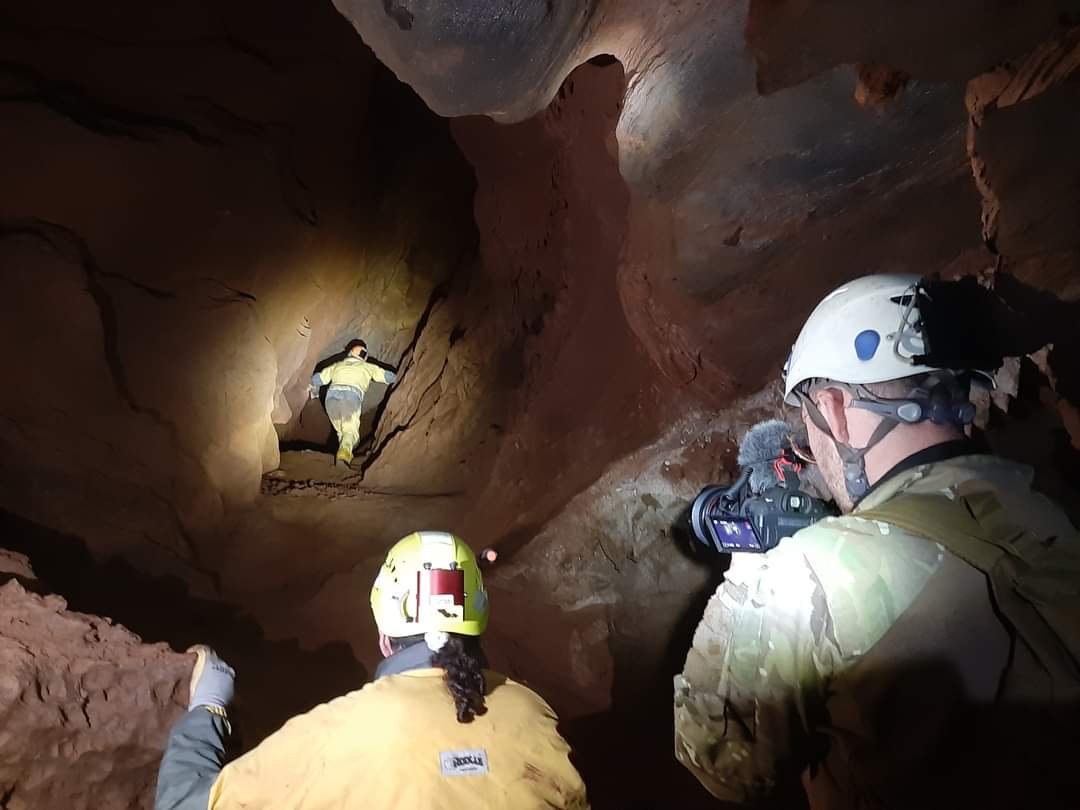
Deep cave exploration is an expensive pursuit that requires significant financial commitment from participants who rarely receive any monetary compensation for their discoveries. A single expedition can cost thousands of dollars per person for specialized equipment, travel expenses, and safety gear that may be used only once if damaged during the exploration. Many explorers work regular jobs specifically to fund their underground adventures, treating expensive cave expeditions as their primary recreational activity rather than typical vacations. The lack of commercial viability means that most deep cave exploration is funded entirely by the explorers themselves or through small grants from scientific organizations. This financial reality ensures that only the most dedicated individuals continue with deep cave exploration long-term, as the costs accumulate quickly without any financial return.
Record-Breaking Depths and Human Achievement
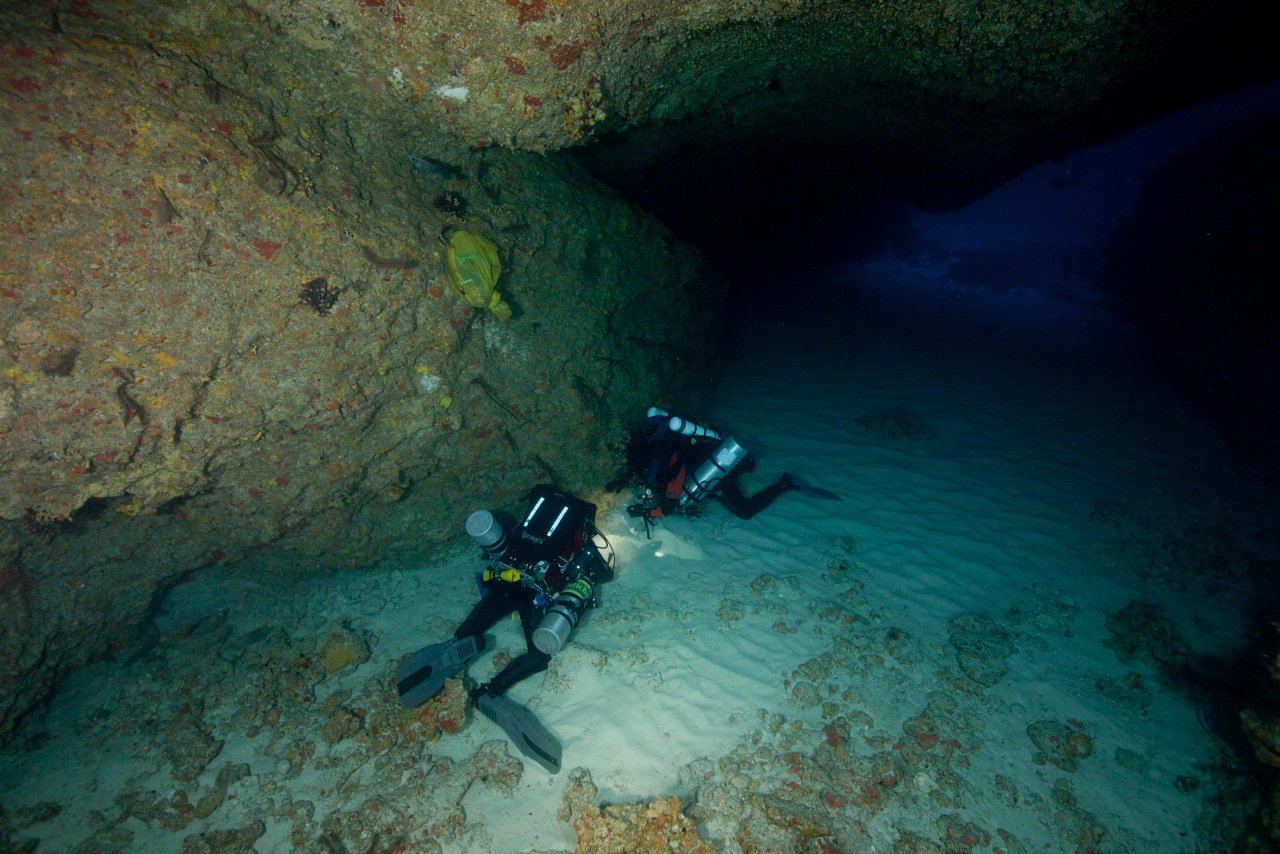
The pursuit of depth records in cave exploration represents humanity’s drive to push boundaries in one of the few remaining frontiers on Earth. Current depth records exceed 2,000 meters below the surface, achieved through expeditions that require weeks of preparation and days of continuous underground travel. These record-breaking expeditions often involve international teams pooling their expertise and resources to reach depths that no single group could achieve alone. The techniques developed for extreme depth exploration have applications beyond recreational caving, contributing to rescue technologies, military operations, and even space exploration research. Each new depth record represents not just personal achievement, but advancement in human understanding of what’s possible in Earth’s most challenging environments.
Medical Emergencies in Unreachable Places
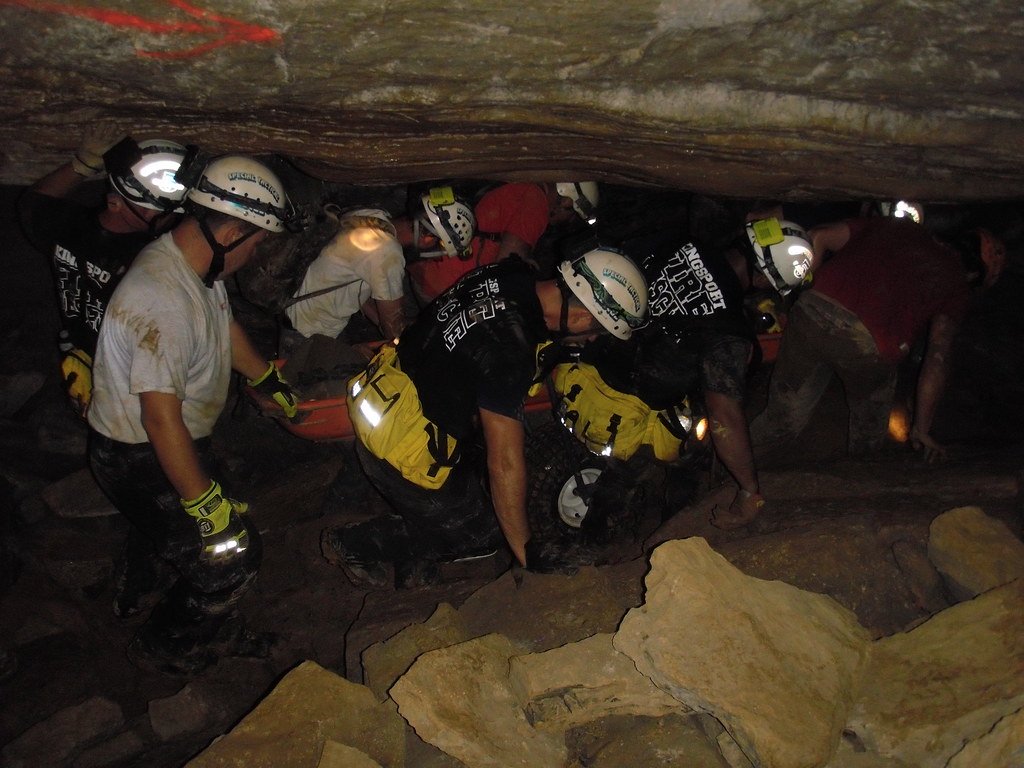
Medical emergencies during deep cave exploration present unique challenges that require specialized training and equipment that most medical professionals never encounter. Hypothermia, dehydration, and traumatic injuries from falls or rockfalls must be treated with limited supplies in environments where traditional evacuation methods are impossible. Cave explorers often receive wilderness medical training equivalent to paramedics, learning to perform complex medical procedures in tight spaces with minimal lighting. The psychological aspect of treating injured team members adds another layer of complexity, as maintaining morale and decision-making capability becomes crucial for everyone’s survival. Emergency evacuation from deep caves can take days even under ideal conditions, requiring patients to remain stable during extended transport through challenging terrain.
The Role of Weather and Seasonal Planning
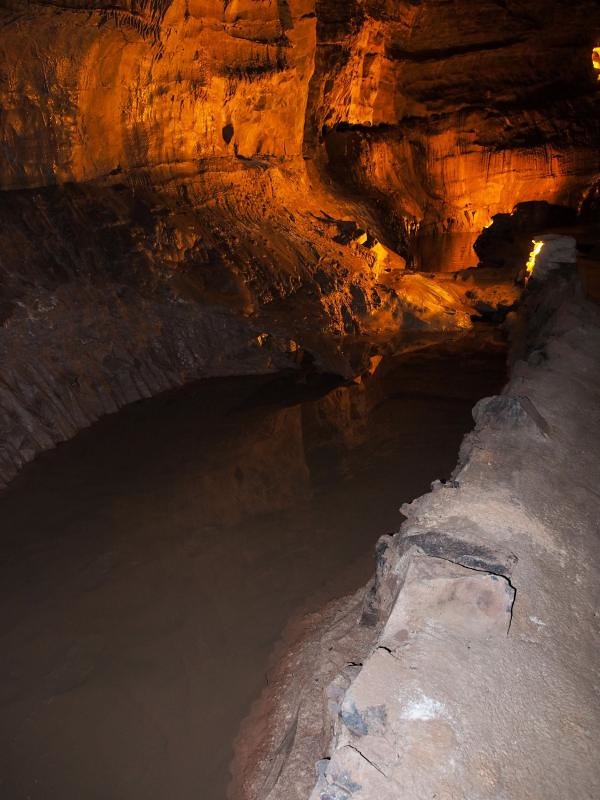
Weather patterns on the surface dramatically affect conditions hundreds of meters underground, making seasonal timing crucial for safe deep cave exploration. Heavy rainfall can transform gentle underground streams into raging torrents that make previously safe passages completely impassable within hours. Temperature fluctuations affect air pressure systems in caves, sometimes creating dangerous gas buildups or altering air flow patterns that explorers depend on for navigation. Many cave systems can only be safely explored during specific seasons when surface conditions minimize underground hazards. Experienced explorers become amateur meteorologists, studying weather patterns and seasonal variations with scientific precision to maximize safety during their expeditions.
Cultural and Historical Significance of Deep Caves

Deep caves often contain archaeological treasures and cultural artifacts that provide insights into human history spanning thousands of years. Ancient cave paintings, pottery fragments, and human remains discovered in deep cave systems offer glimpses into prehistoric civilizations that lived and sheltered in these underground spaces. Many cultures throughout history have considered deep caves sacred spaces, associating them with spiritual journeys, burial practices, or connections to the underworld. Modern explorers must balance their scientific curiosity with respect for these cultural significances, often working with archaeologists and indigenous communities to ensure discoveries are properly documented and preserved. The historical importance of these sites adds weight to the exploration process, as explorers realize they may be the first humans to enter these spaces in centuries or millennia.
Training Regimens for Underground Athletes
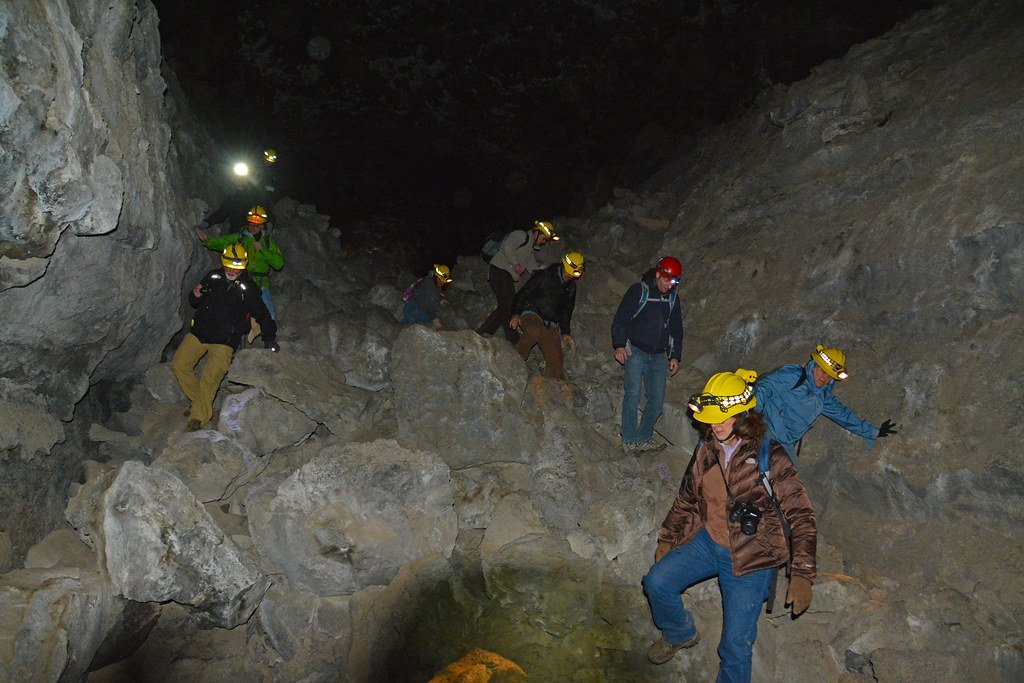
Preparing for deep cave exploration requires training programs that combine elements of rock climbing, endurance athletics, technical diving, and military-style survival skills. Physical conditioning focuses on building core strength for crawling through tight spaces, grip strength for climbing vertical sections, and cardiovascular endurance for sustained physical activity in oxygen-depleted environments. Mental training includes exercises in spatial reasoning, emergency decision-making, and stress management techniques specific to confined spaces. Many serious cave explorers spend months or even years preparing for single expeditions, treating the training process as intensive as preparation for climbing Mount Everest. The training never really ends, as maintaining the physical and mental skills required for deep cave exploration demands constant practice and conditioning.
Equipment Innovation Born from Necessity
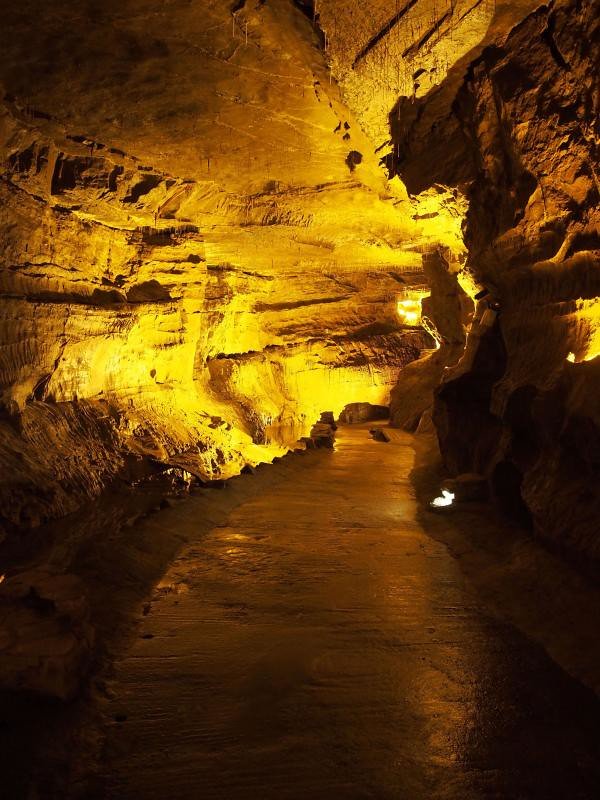
The extreme demands of deep cave exploration have driven innovations in equipment design that often find applications in other extreme sports and professional fields. Lightweight but durable materials developed for cave exploration equipment have been adapted for military and rescue operations in confined spaces. Specialized knots and rigging techniques invented by cave explorers are now taught in technical rescue courses and used by construction workers in challenging environments. The problem-solving approach that cave explorers bring to equipment design—prioritizing reliability, repairability, and multi-functionality—has influenced outdoor gear design across multiple industries. Many pieces of modern climbing and rescue equipment trace their origins to innovations first developed by cave explorers facing unique underground challenges.
The Future of Deep Underground Exploration

Advancing technology promises to push the boundaries of deep cave exploration even further, with developments in robotics, communication systems, and life support equipment opening previously inaccessible depths. Drone technology adapted for cave environments could allow explorers to map dangerous passages before committing human teams to risky areas. Advanced communication systems using quantum entanglement or neutrino transmission could maintain contact with surface teams from any depth, dramatically improving safety margins. Virtual reality systems could allow surface teams to experience cave exploration vicariously, providing backup decision-making support for underground teams. However, technology will never replace the human elements of curiosity, determination, and courage that drive individuals to explore Earth’s deepest places.
Conservation Challenges in Hidden Ecosystems
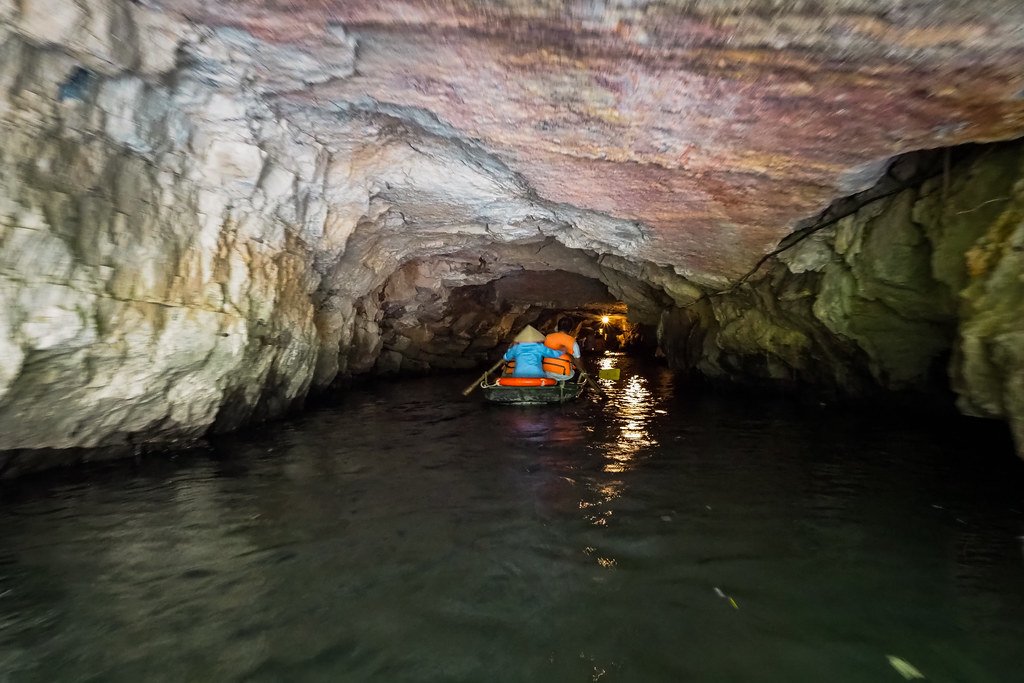
Protecting cave ecosystems while allowing scientific exploration creates complex conservation challenges that require balancing human curiosity with environmental preservation. Many deep cave species are so specialized for their environments that even minor disturbances can lead to extinction, making every exploration decision a potential conservation issue. Climate change affects cave environments in subtle but significant ways, altering temperature and humidity patterns that have remained stable for thousands of years. The increasing popularity of cave exploration puts pressure on pristine environments that have never faced human impact on a significant scale. Conservation efforts must account for ecosystems that exist in complete darkness and may respond to human presence in ways that aren’t immediately apparent.
International Cooperation in Underground Frontiers
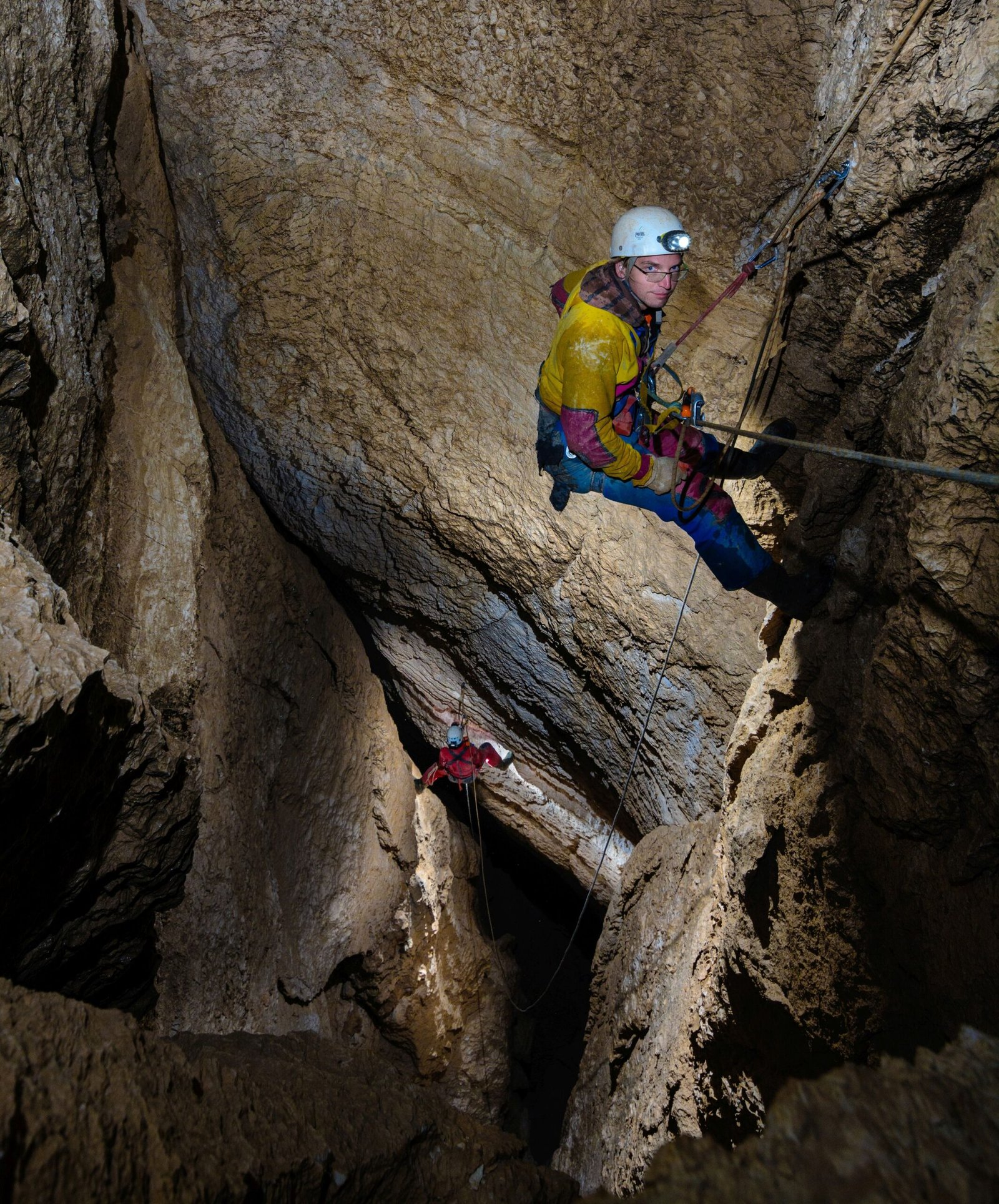
Major cave exploration projects increasingly require international cooperation, bringing together expertise and resources from multiple countries to tackle the world’s most challenging underground frontiers. Language barriers, cultural differences, and varying safety standards create unique challenges when assembling international cave exploration teams. Sharing of exploration data and techniques across national boundaries has accelerated progress in understanding global cave systems and their interconnections. International expeditions often face complex logistical challenges related to equipment transport, permit requirements, and coordination across different time zones during extended underground operations. The global cave exploration community has developed informal networks that facilitate these international collaborations, often bypassing official channels to focus on scientific and exploration goals.
Personal Transformation Through Underground Journeys
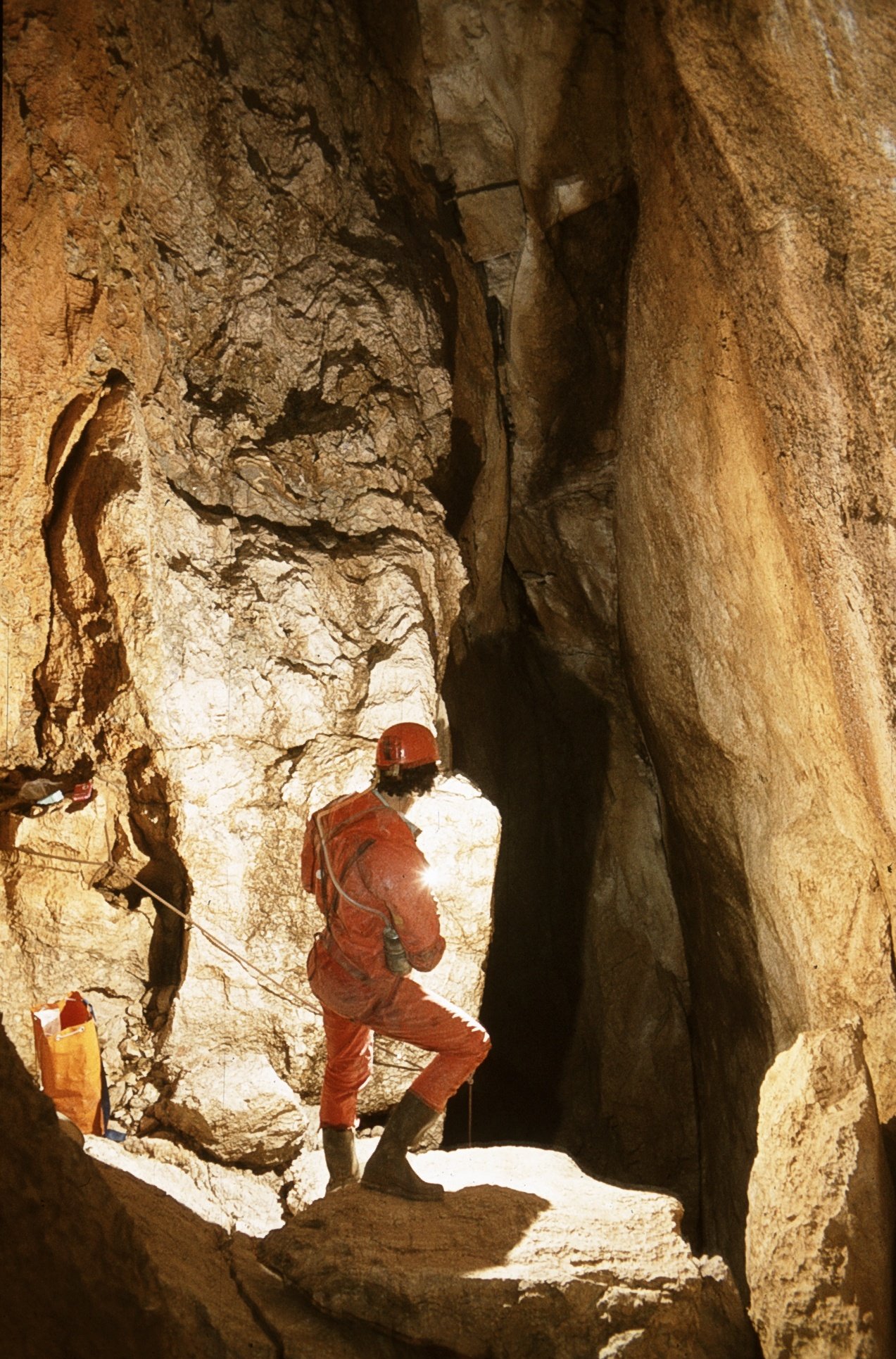
Many deep cave explorers describe their underground experiences as transformative, changing their perspectives on risk, fear, and personal capability in profound ways. The complete removal from modern life’s distractions during extended cave expeditions creates opportunities for self-reflection that many participants find life-changing. Facing and overcoming extreme challenges in cave environments often builds confidence and problem-solving abilities that transfer to other areas of life. The humbling experience of being completely dependent on teammates for survival creates perspectives on human relationships and cooperation that many explorers carry forward into their professional and personal lives. Some explorers report that their underground experiences have changed their relationship with material possessions, technology dependence, and modern society’s definition of comfort and security.
Deep cave exploration represents humanity at its most curious and determined, pushing into Earth’s final frontiers with nothing but courage, technology, and an insatiable desire to discover what lies beyond the reach of sunlight. These underground adventurers remind us that there are still mysteries waiting in our own planet’s depths, requiring only the willingness to leave behind everything familiar and comfortable. What drives someone to willingly descend into the unknown darkness when they could simply read about it from the safety of their living room?

